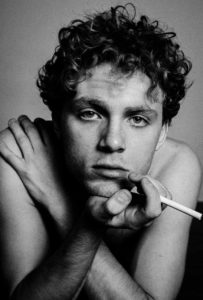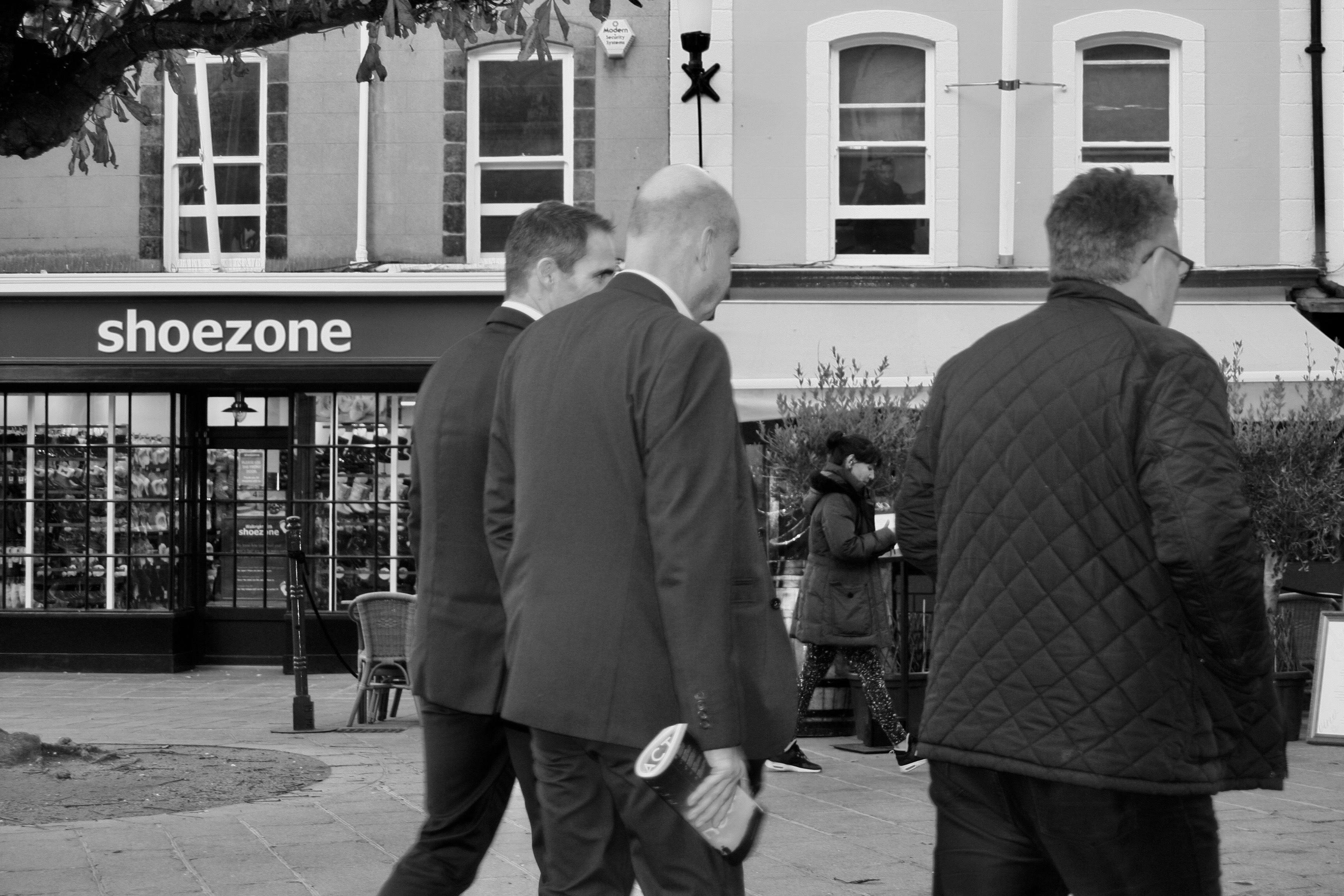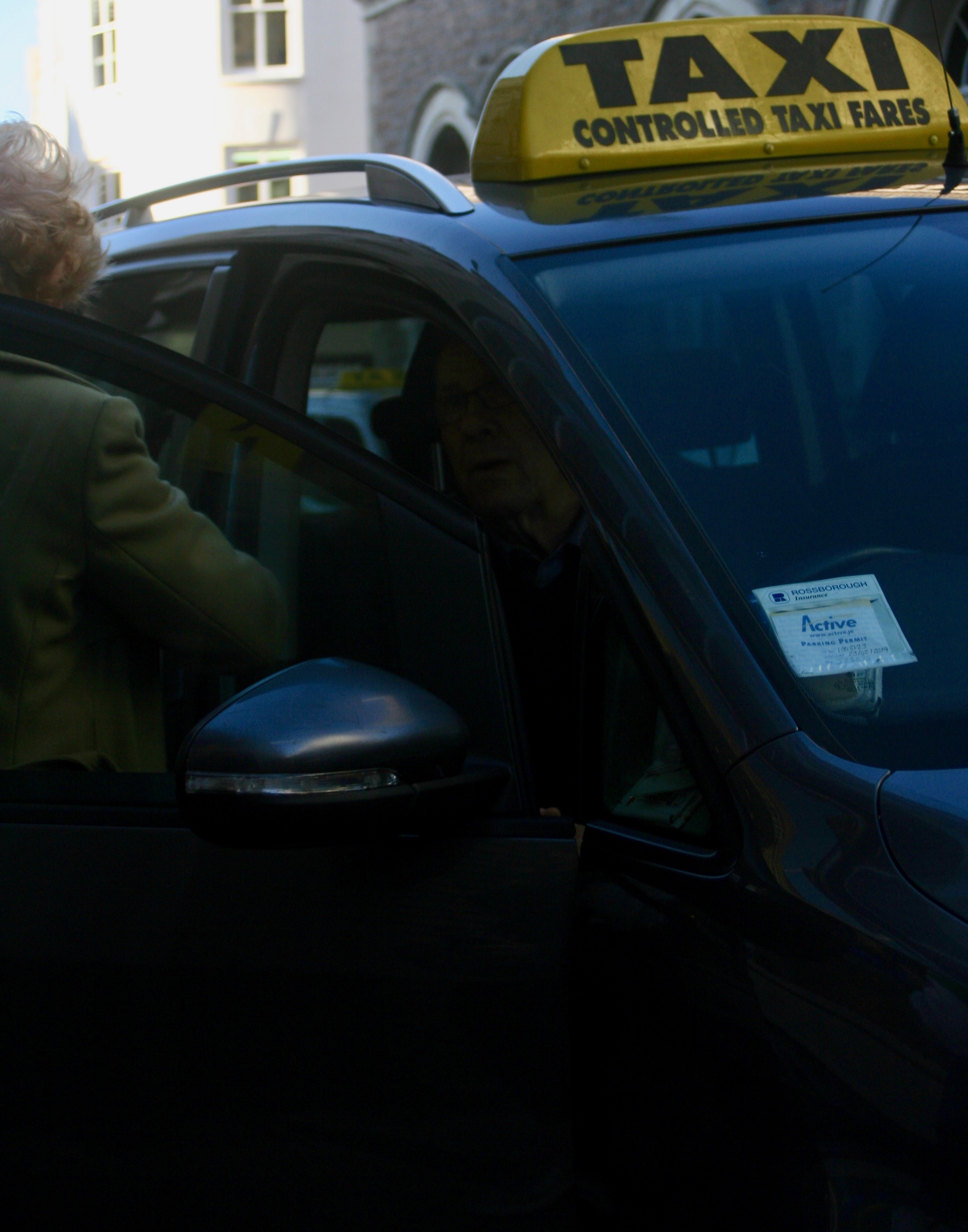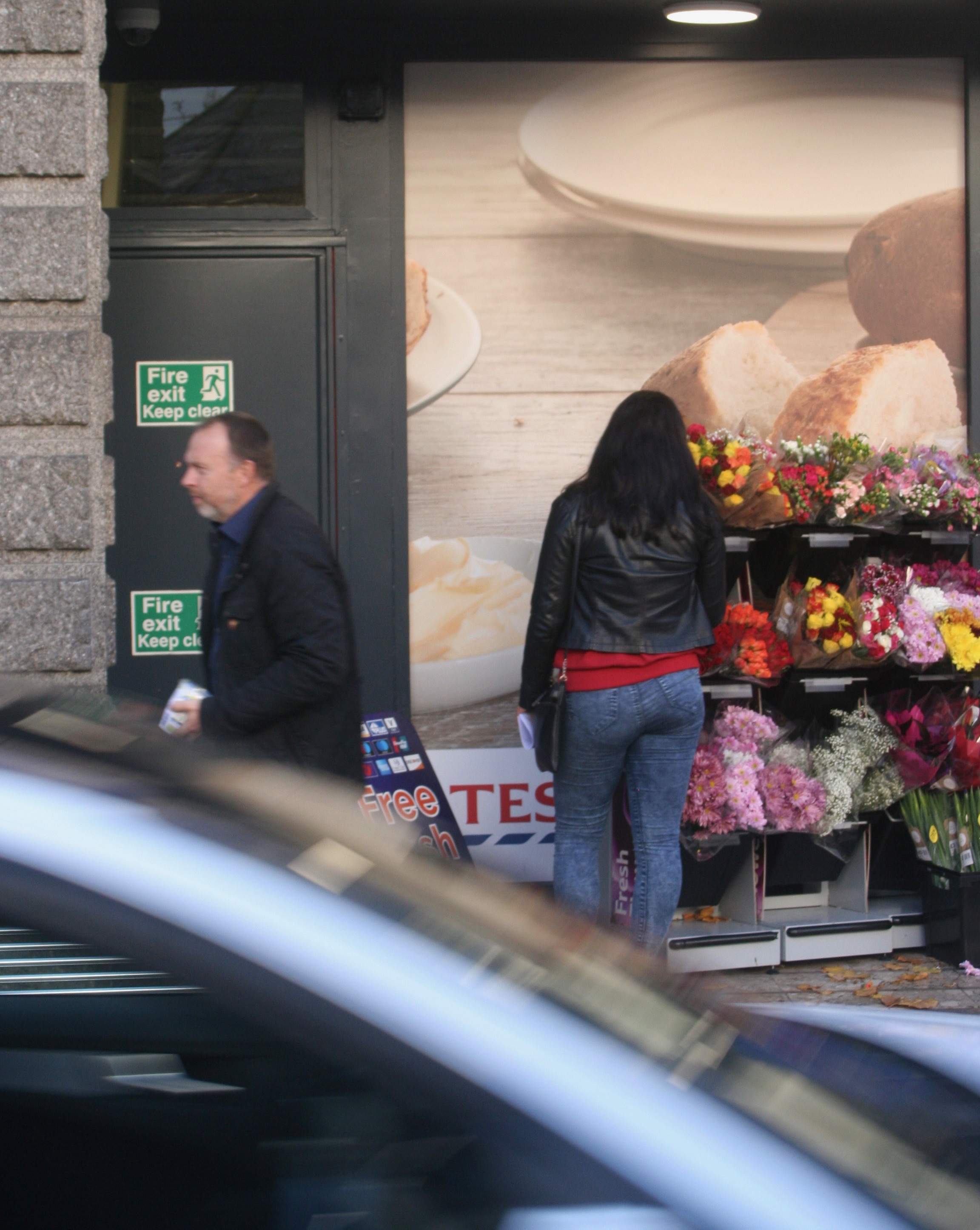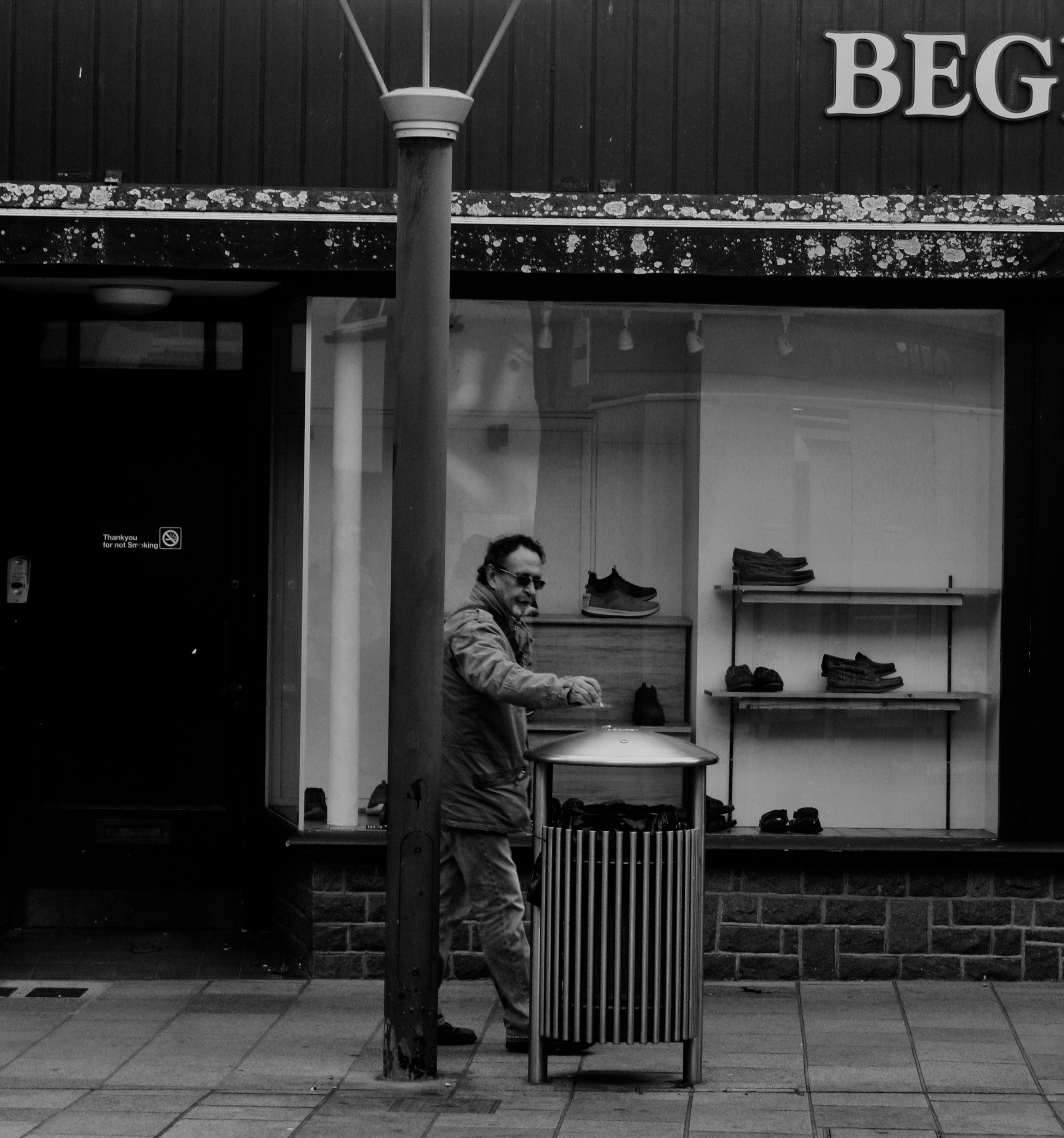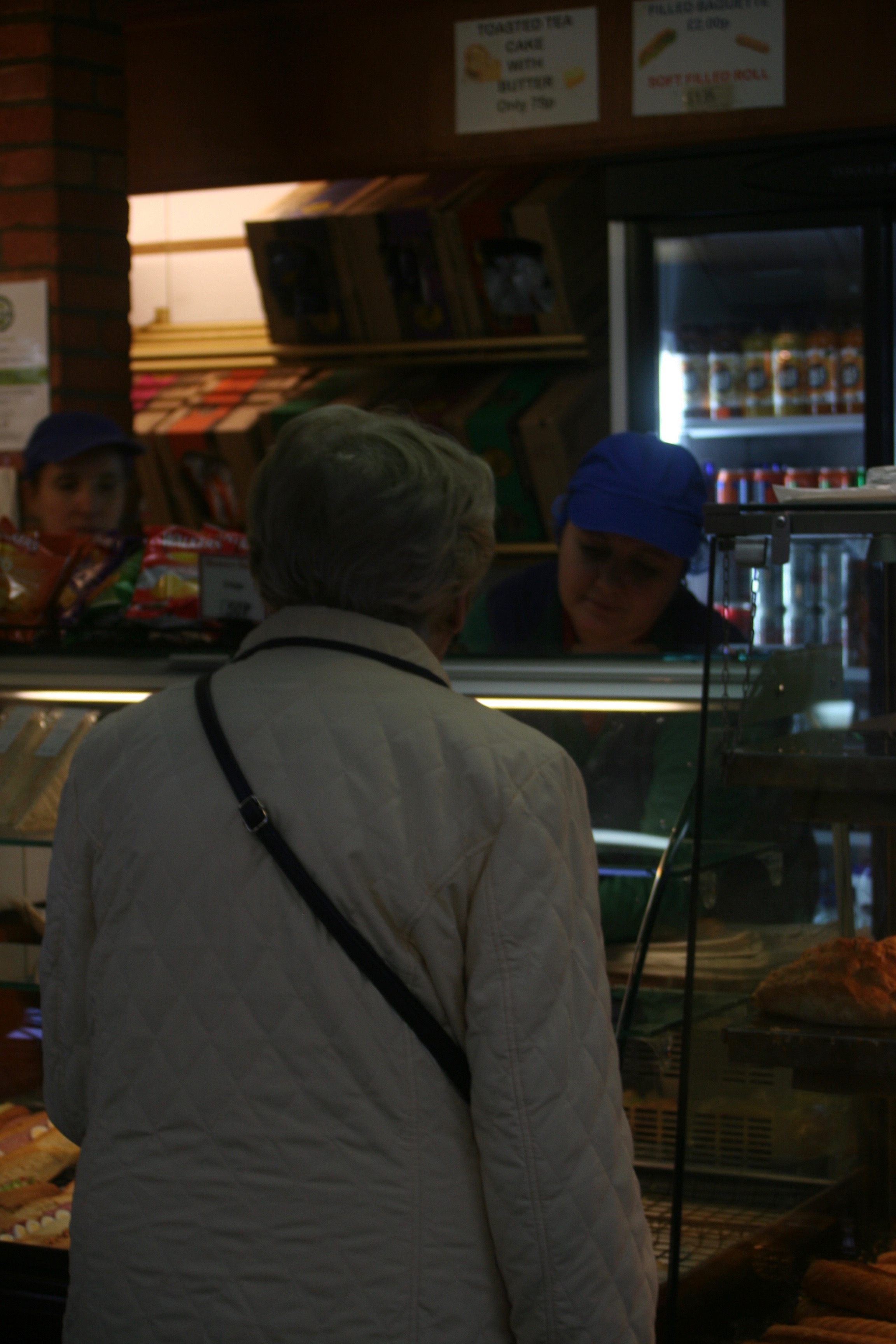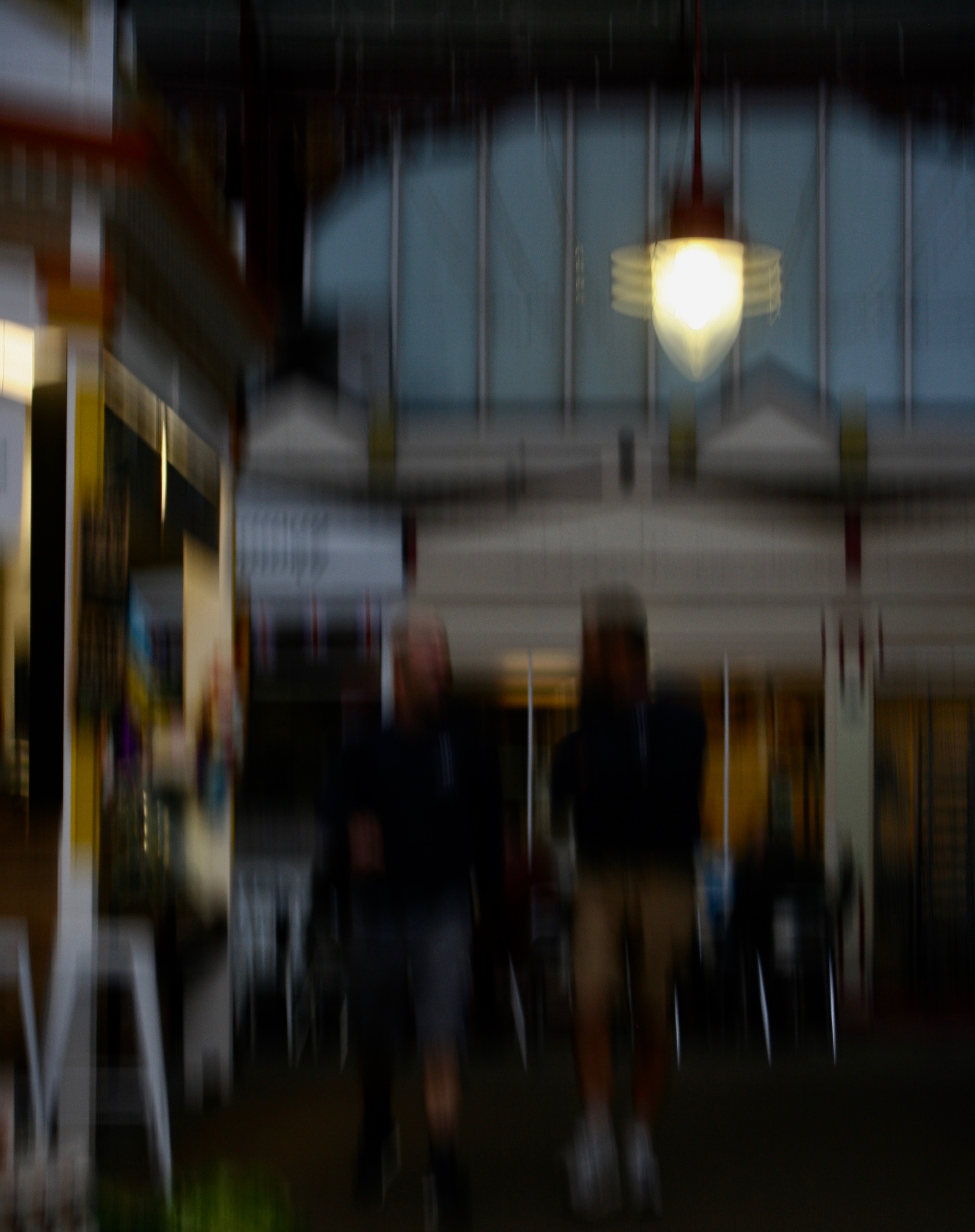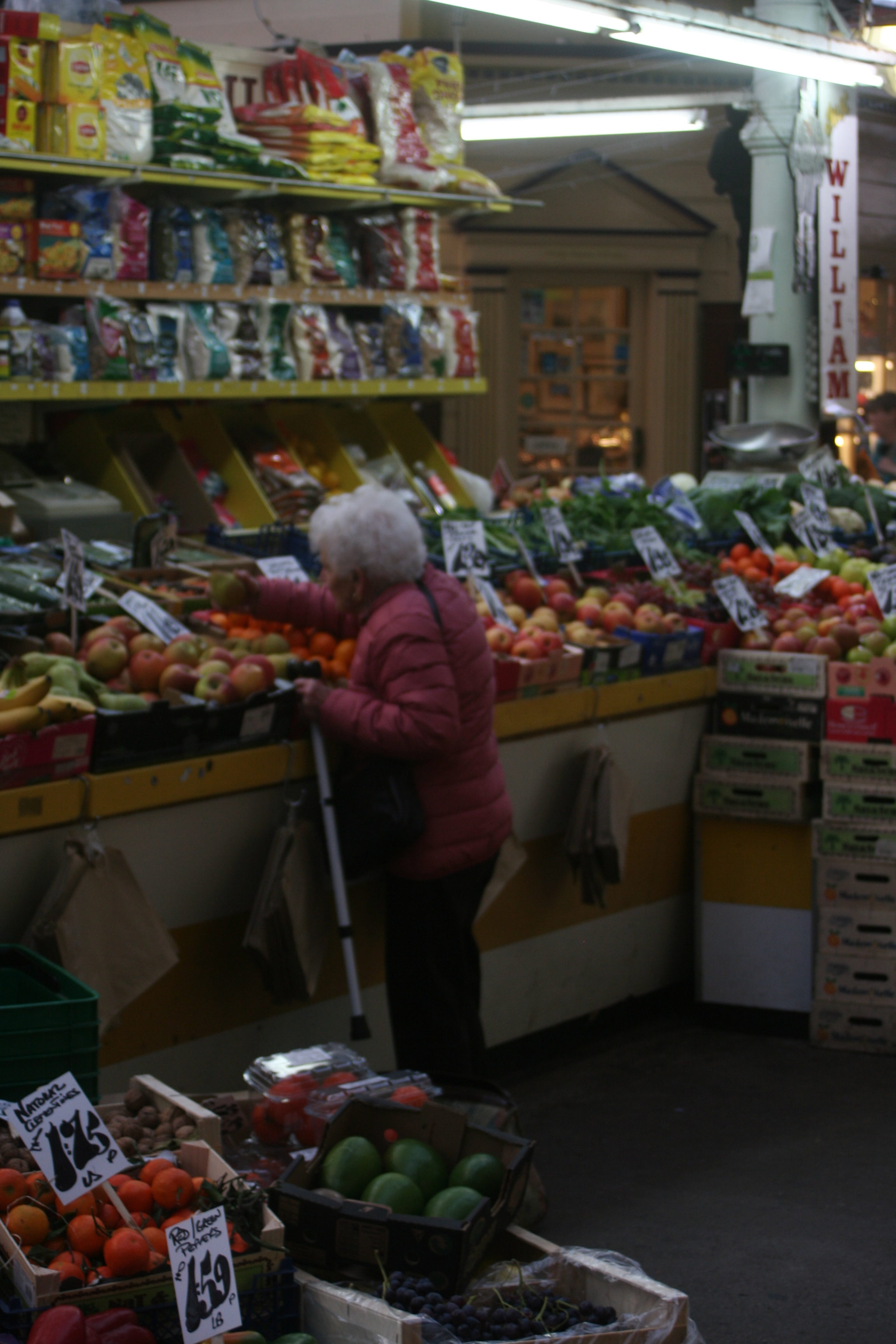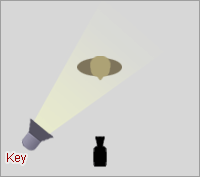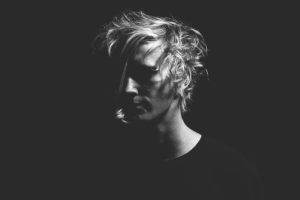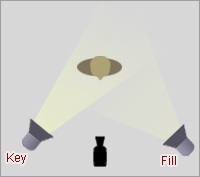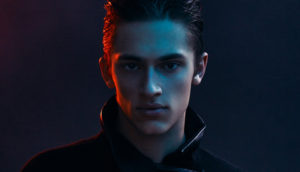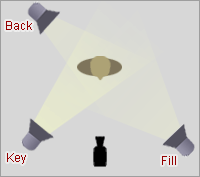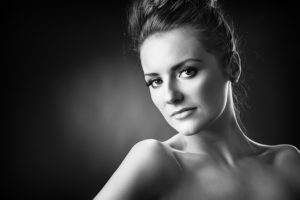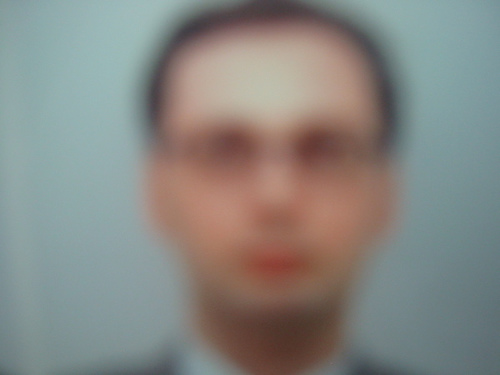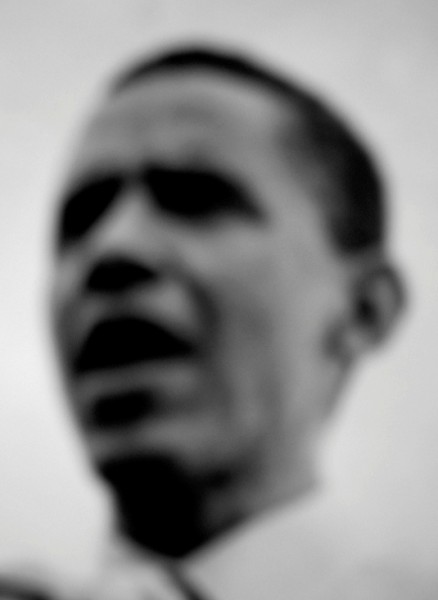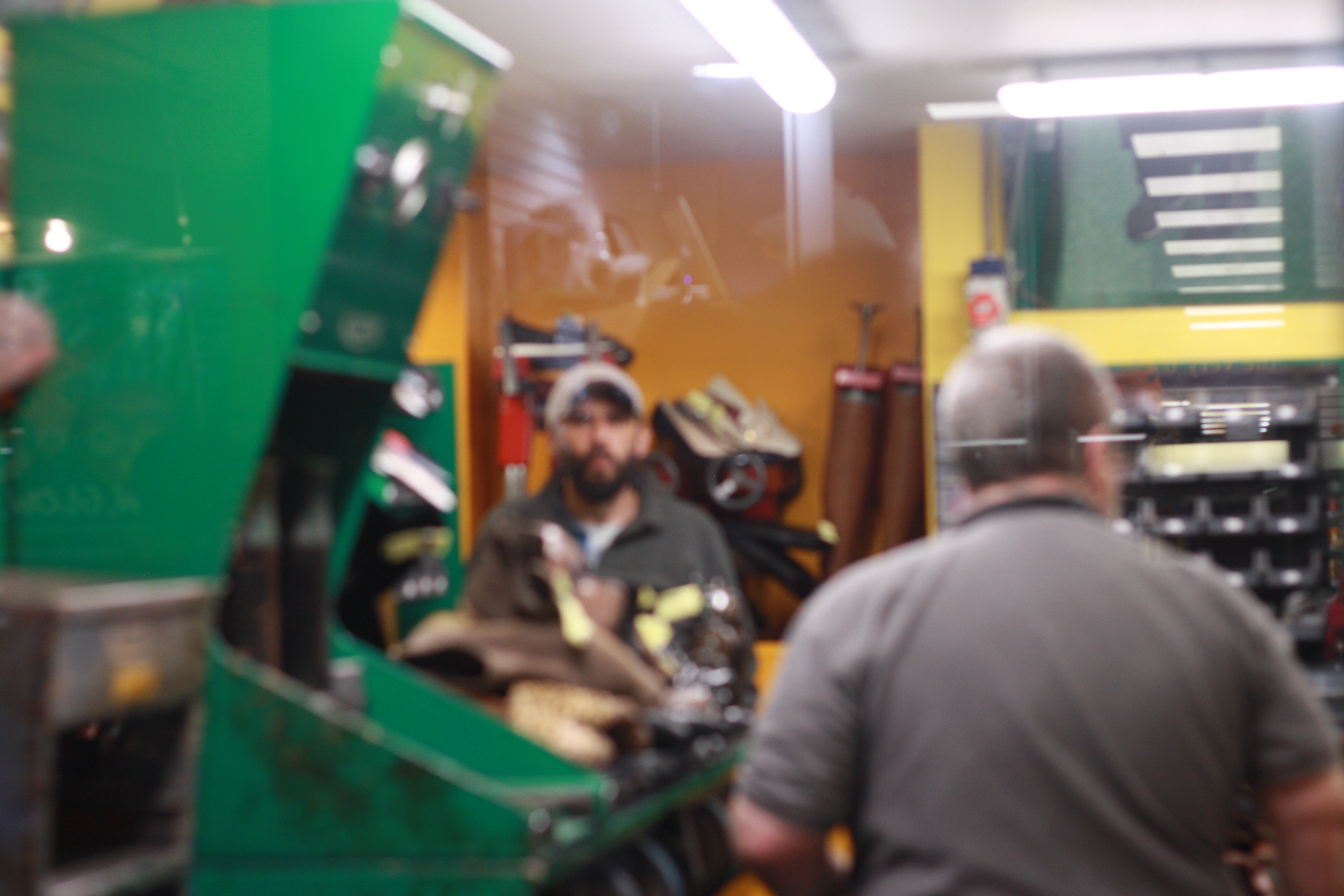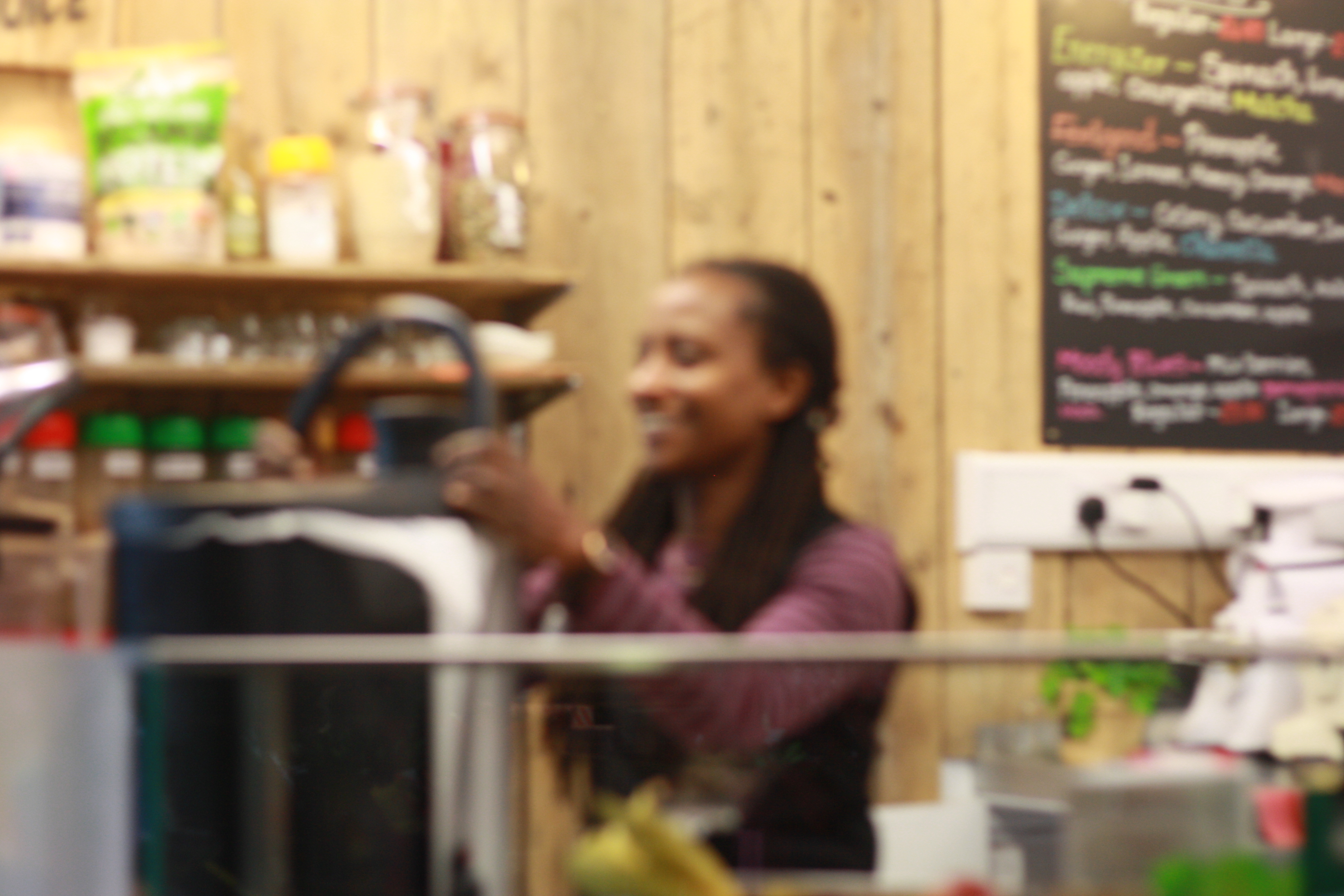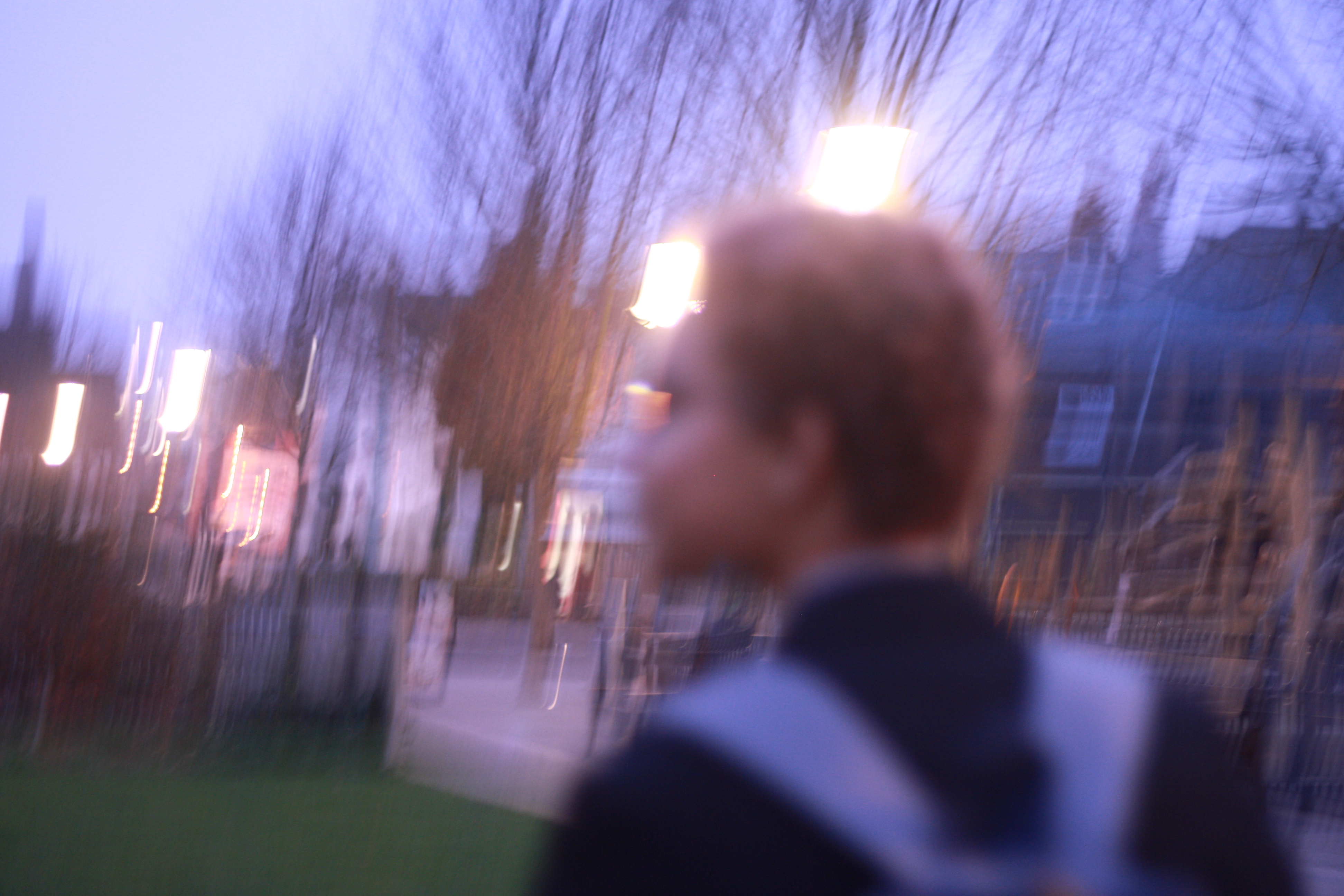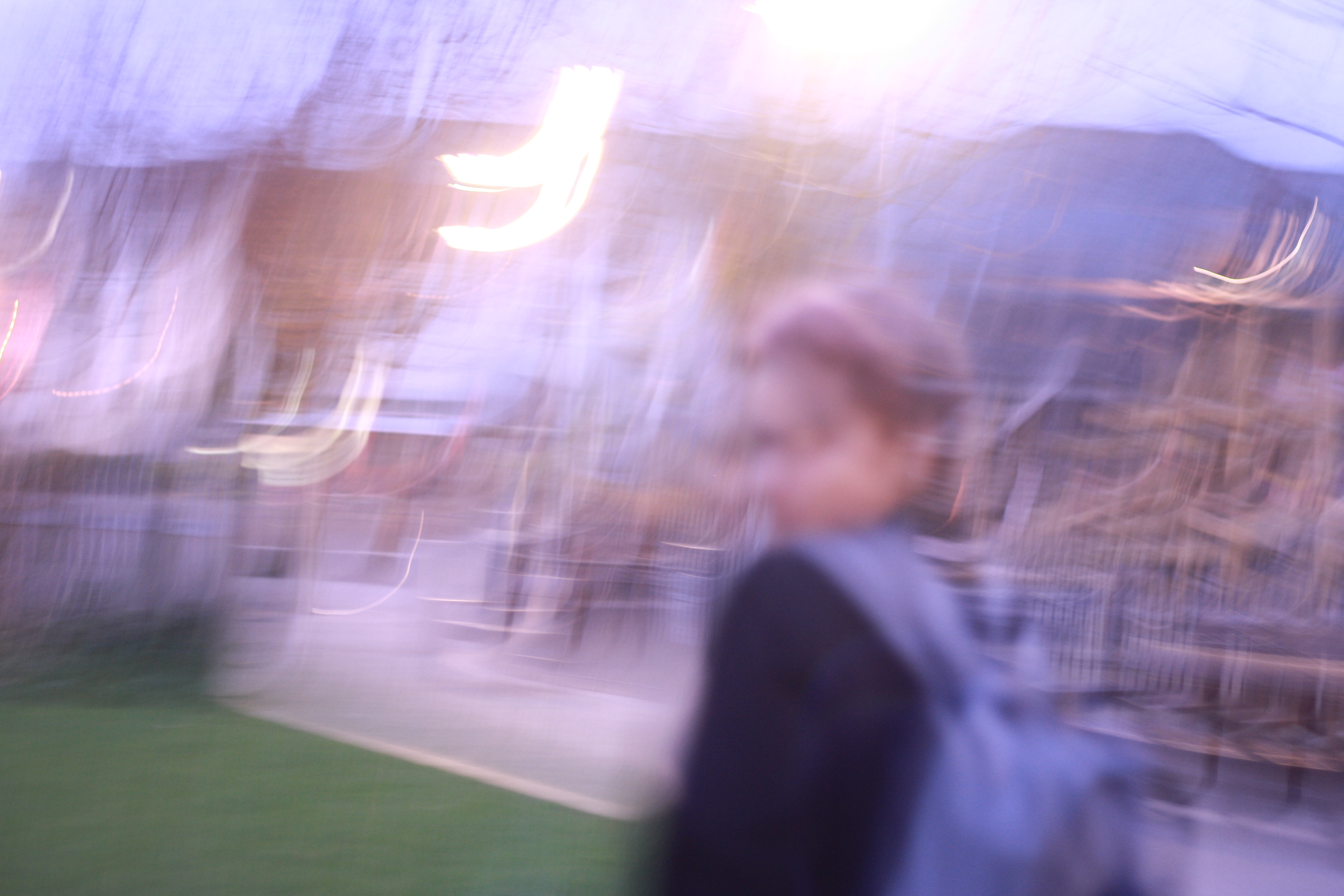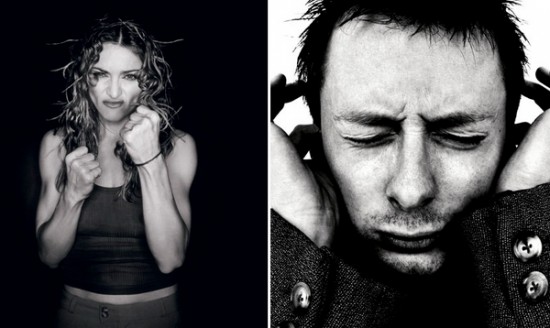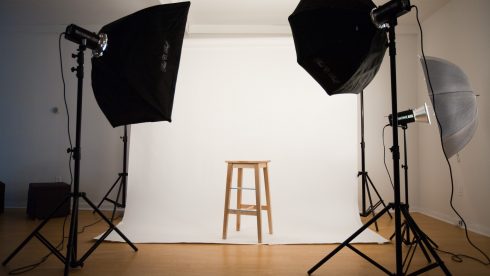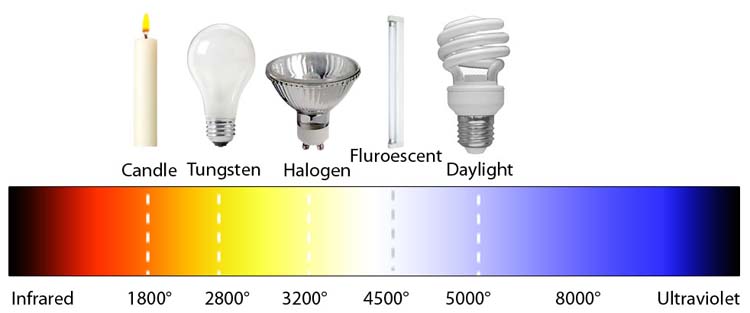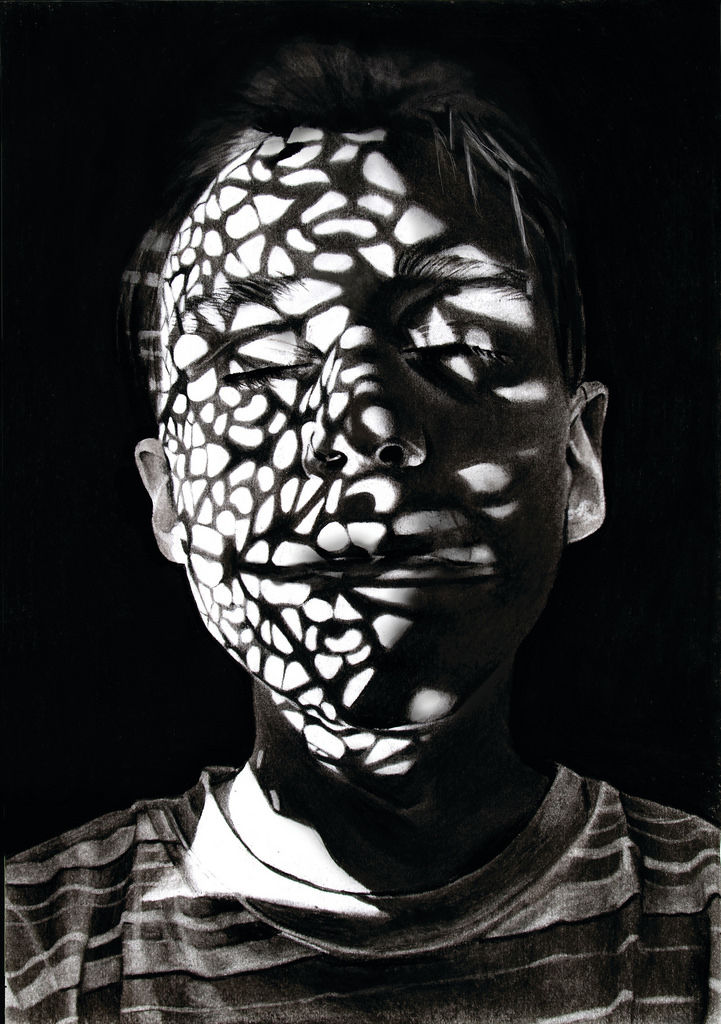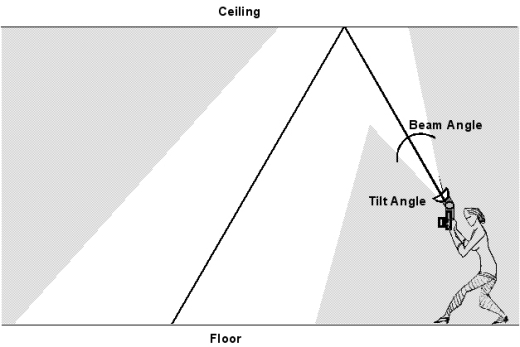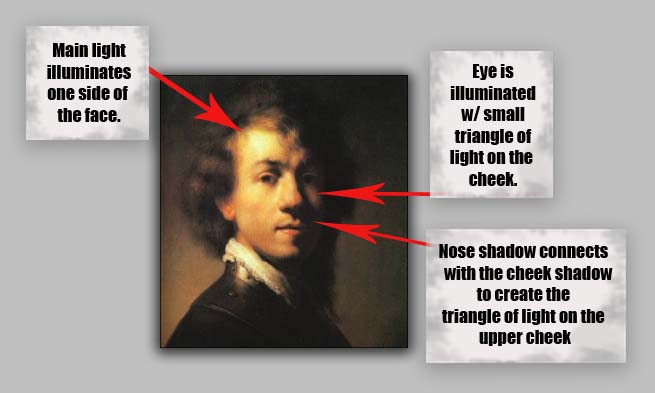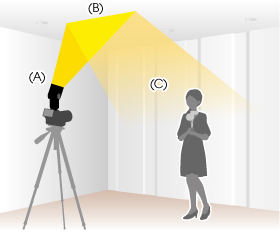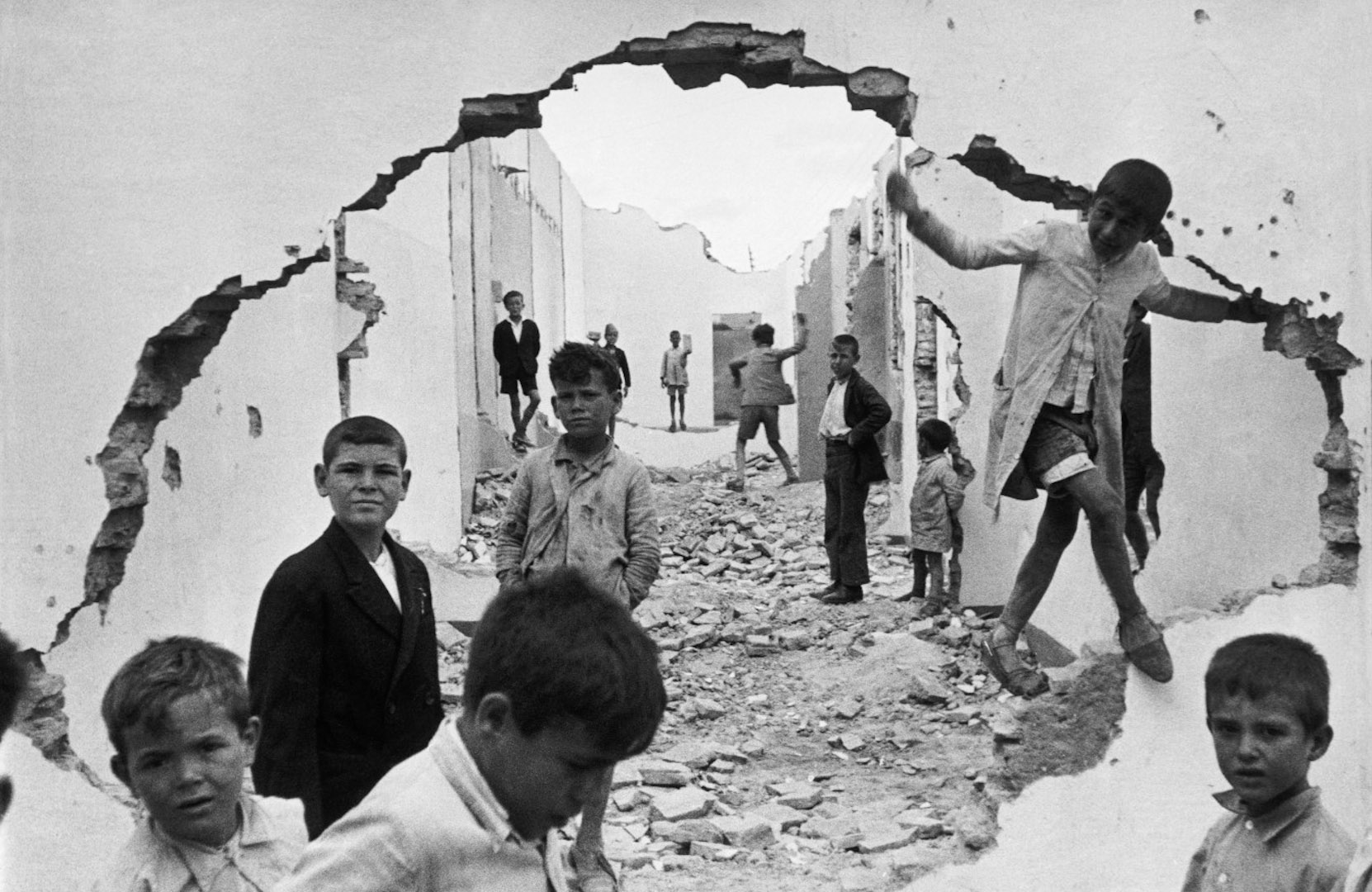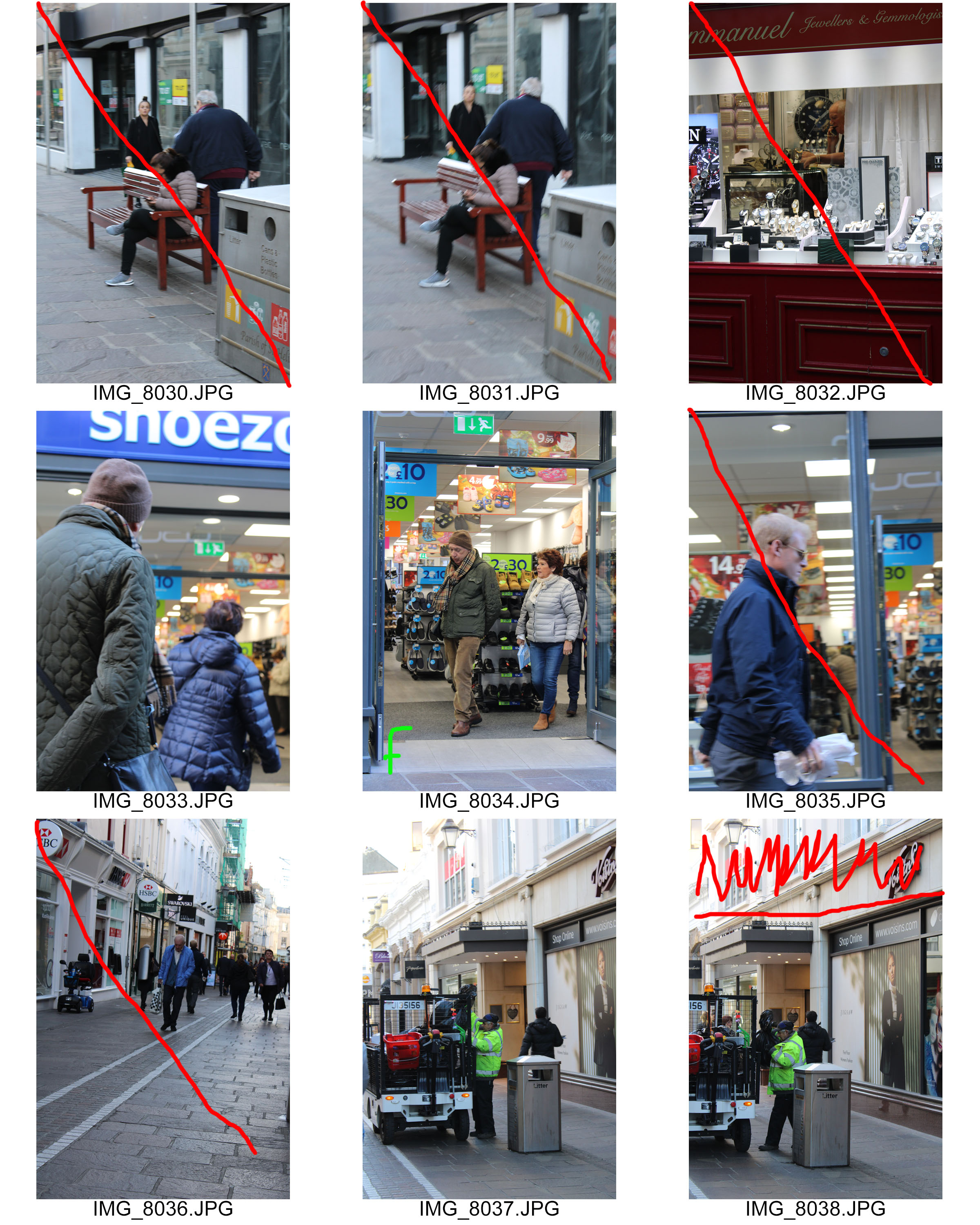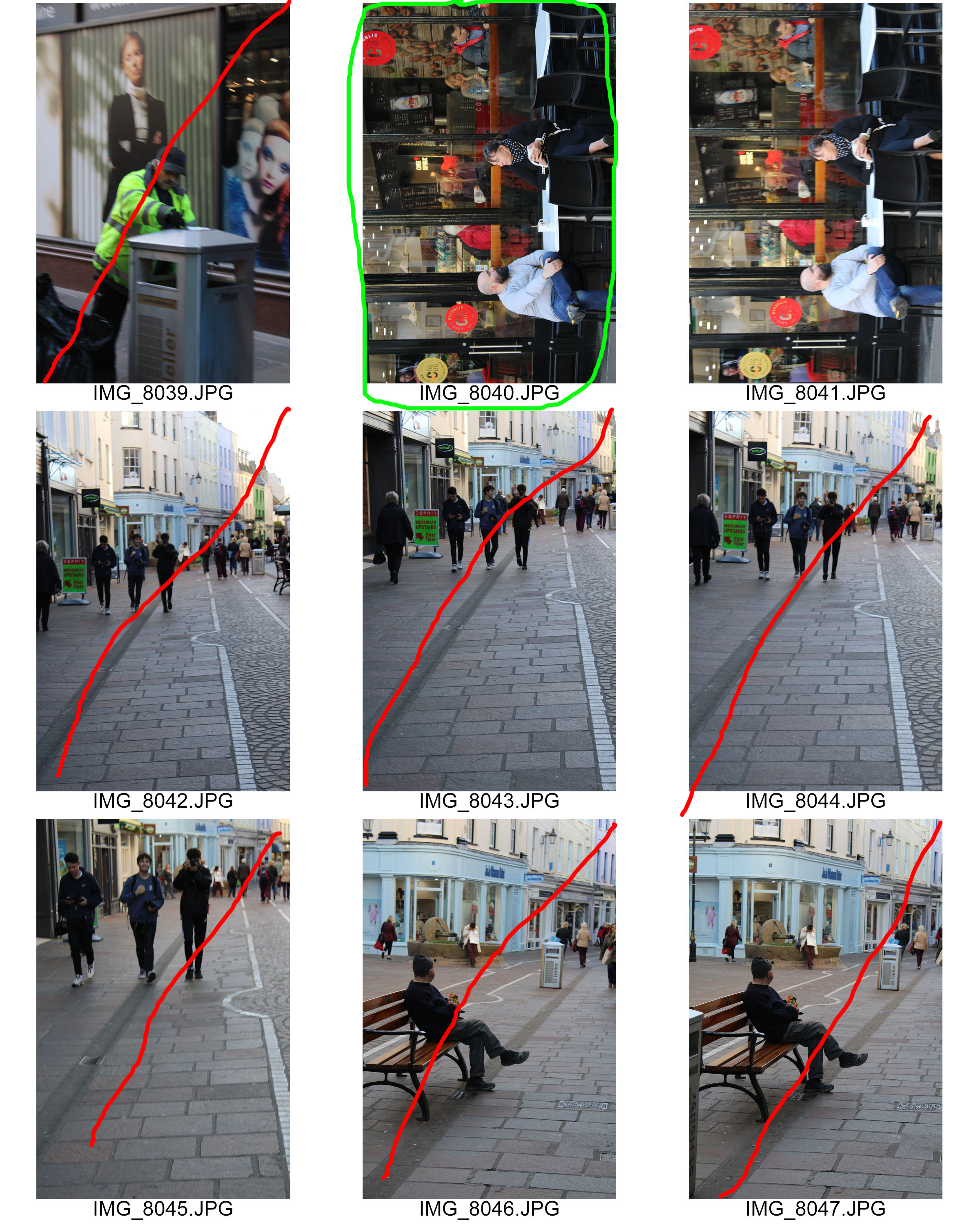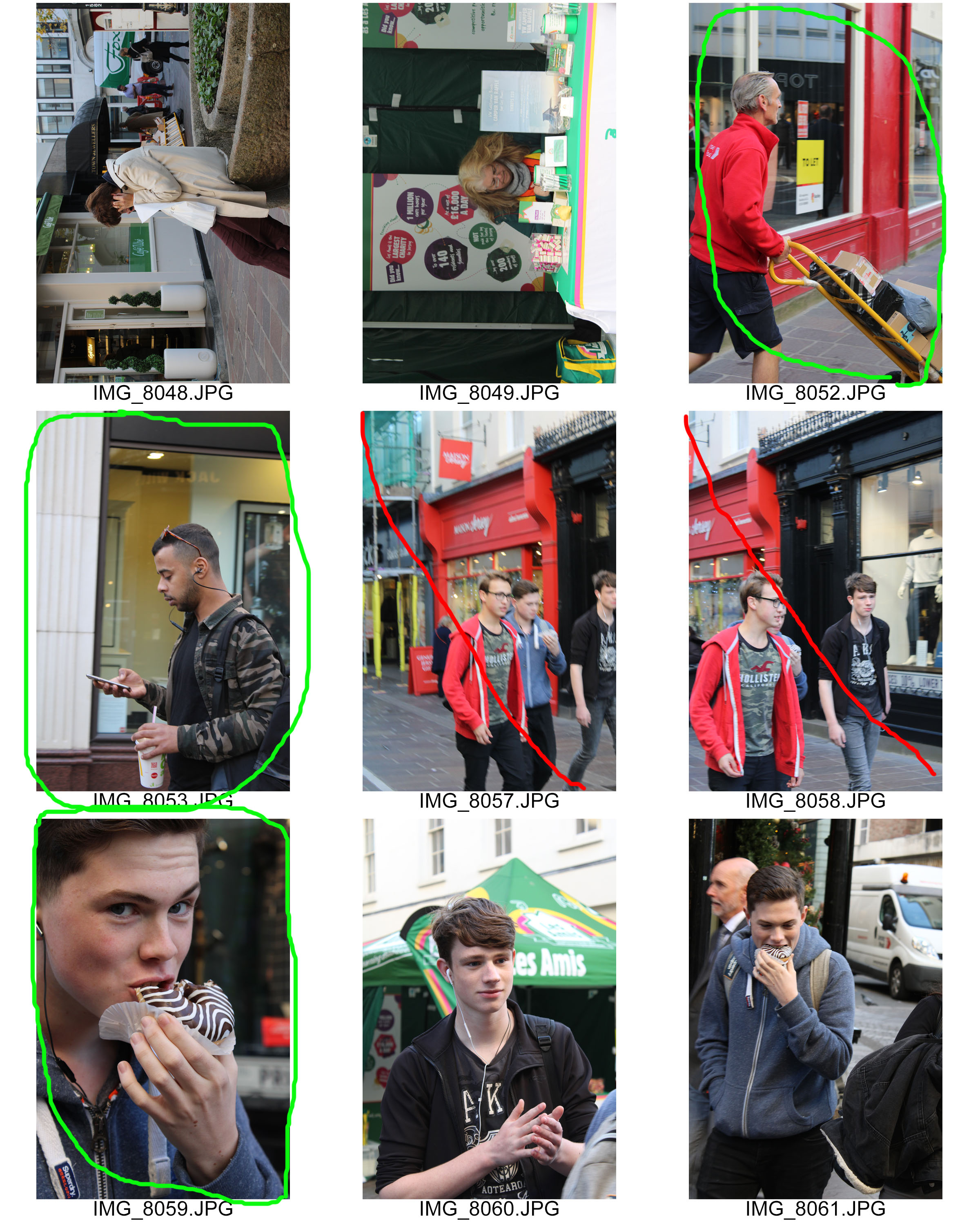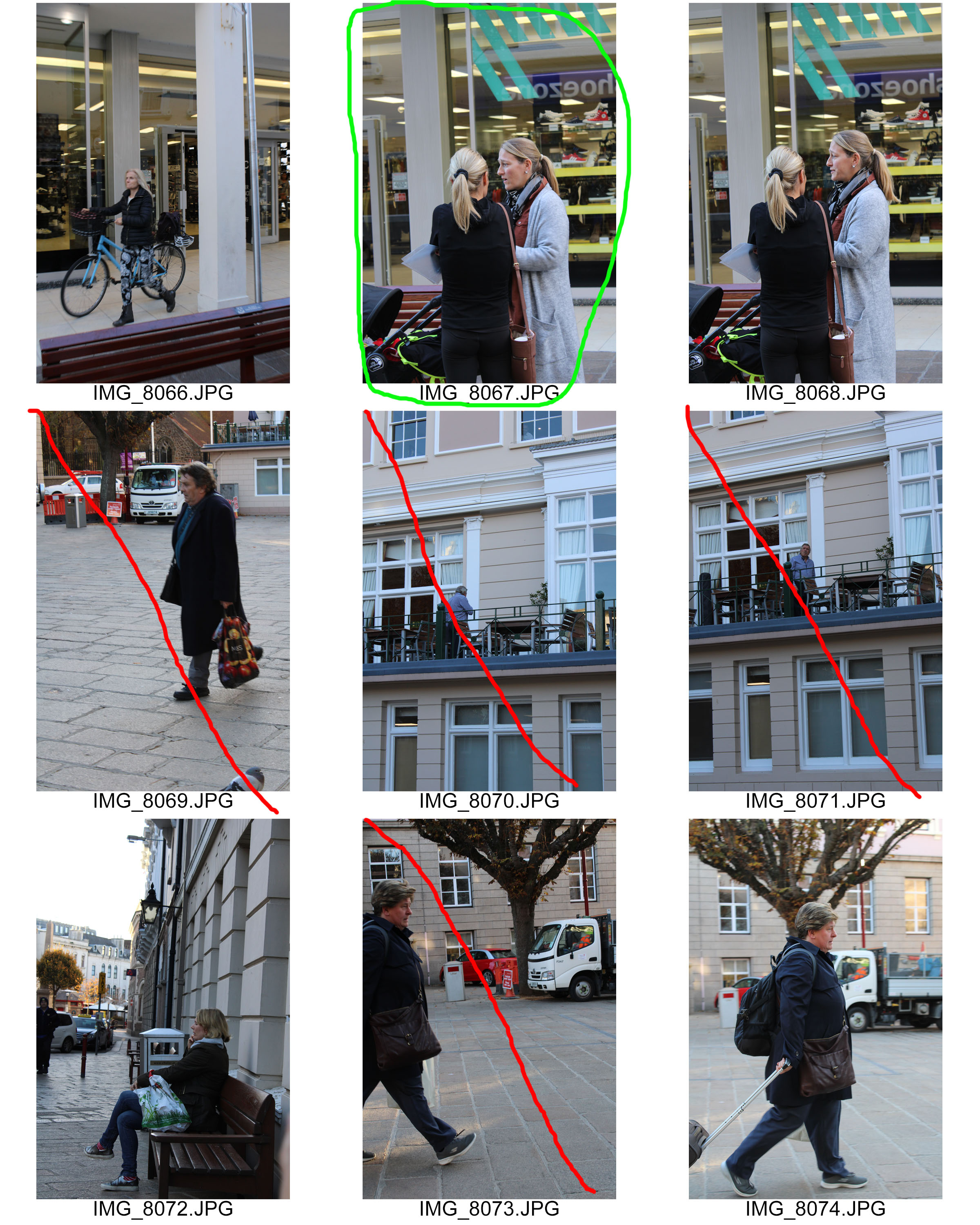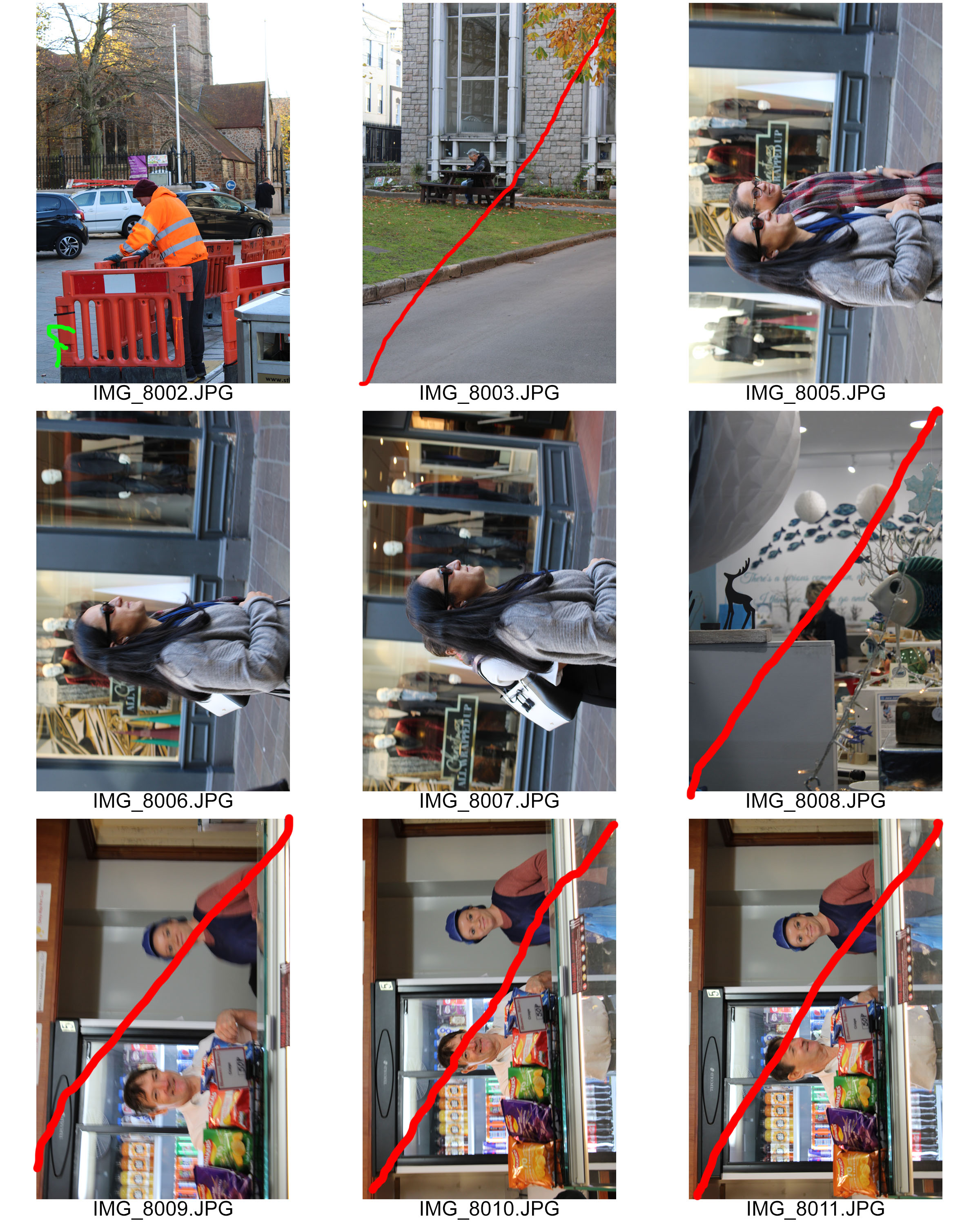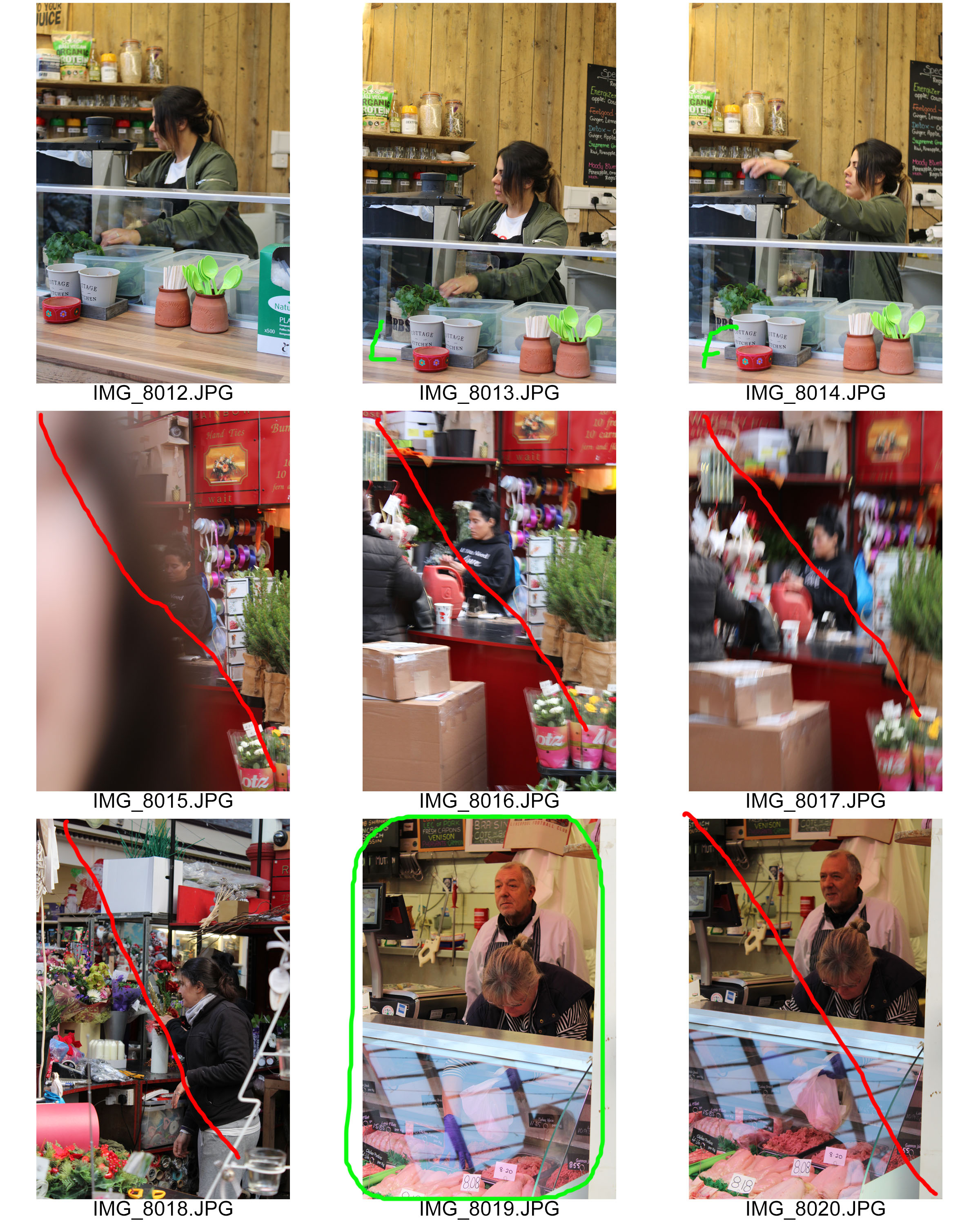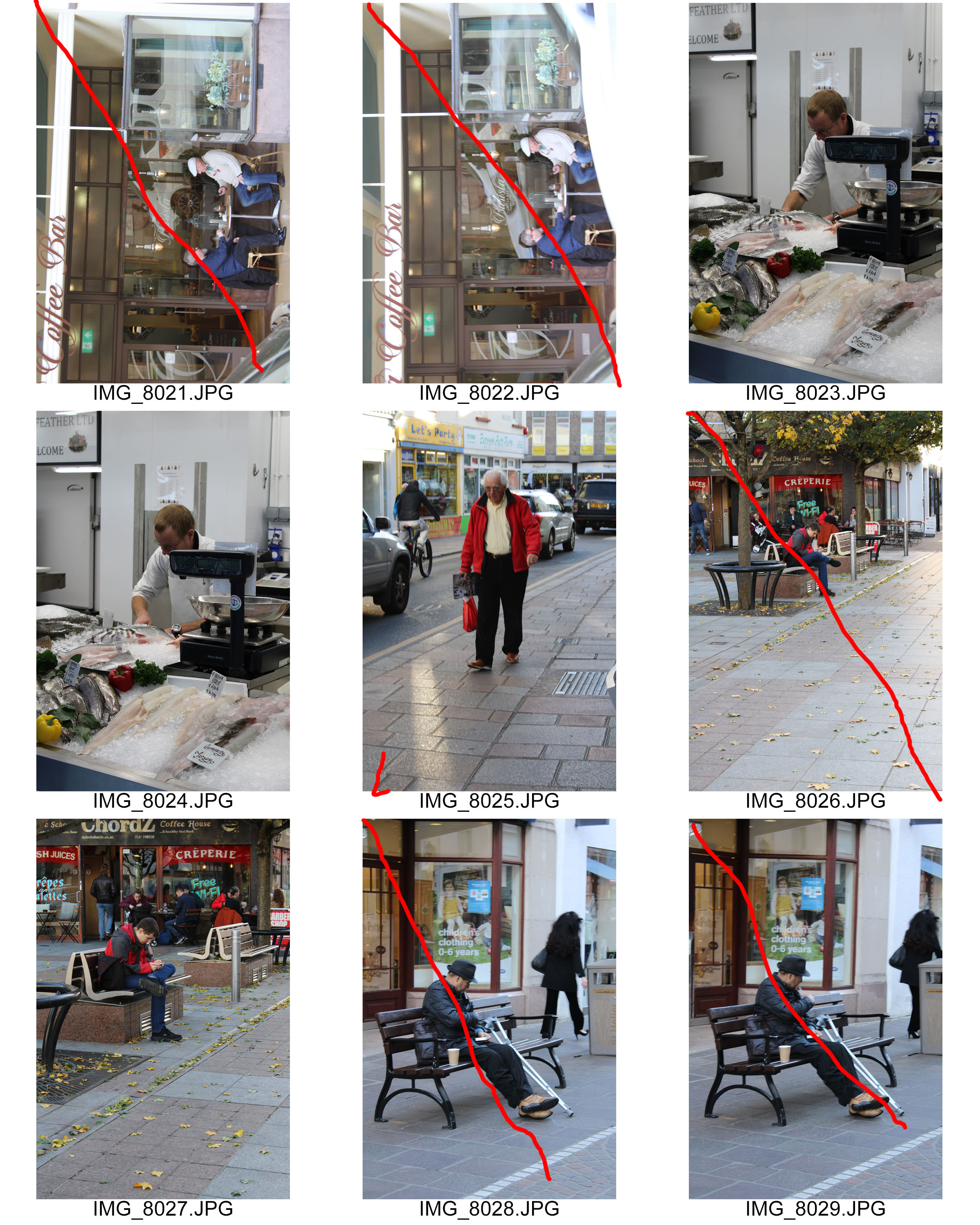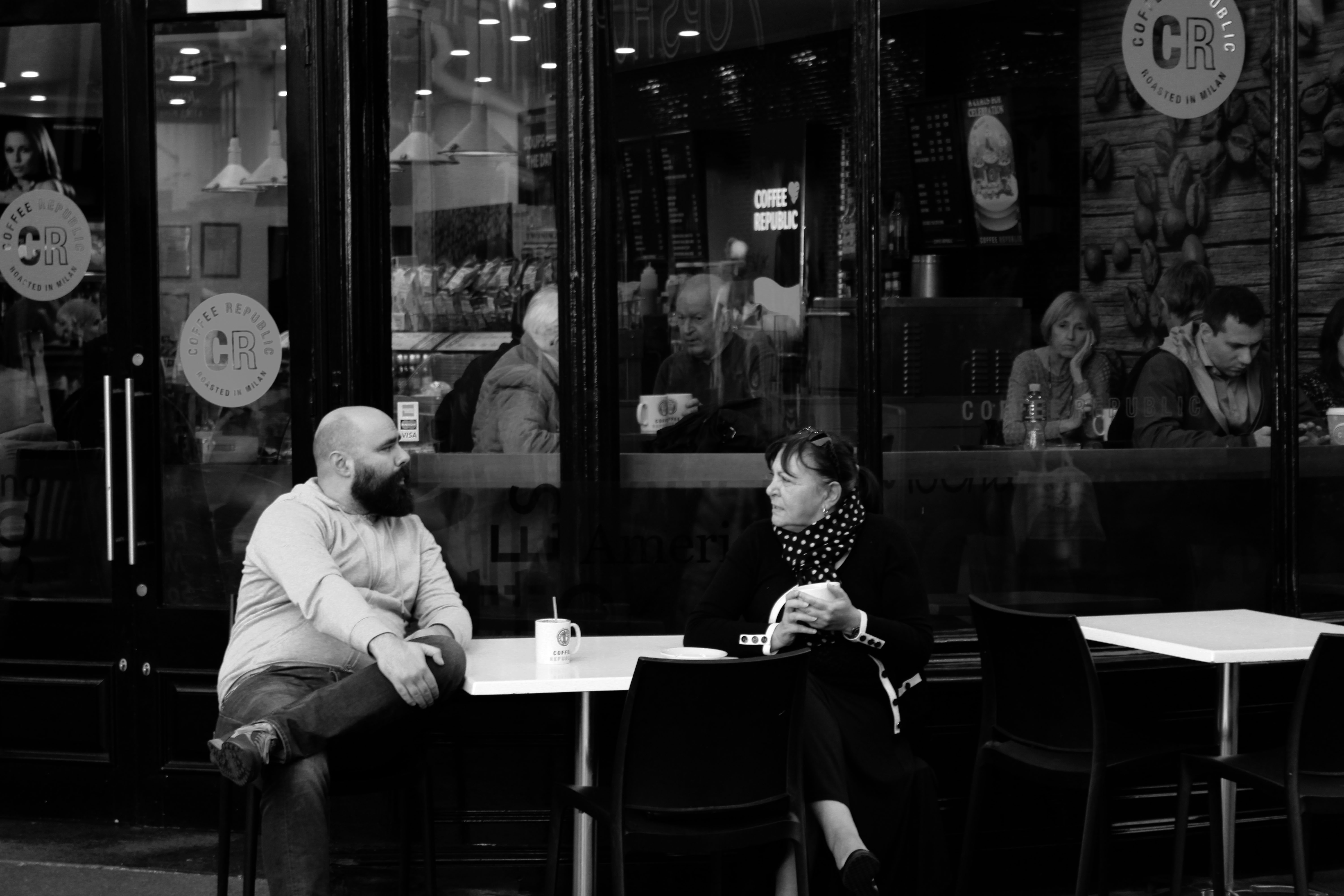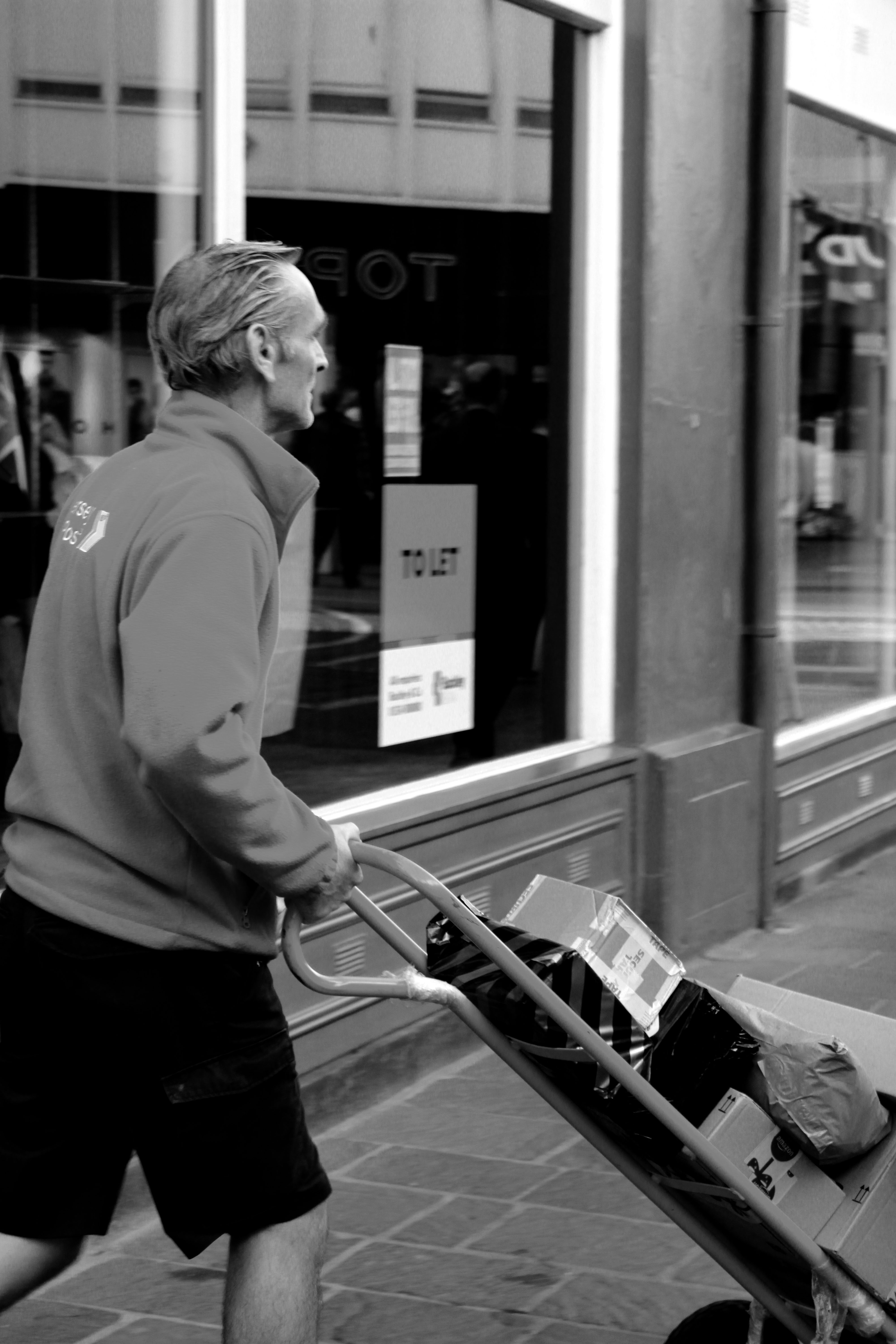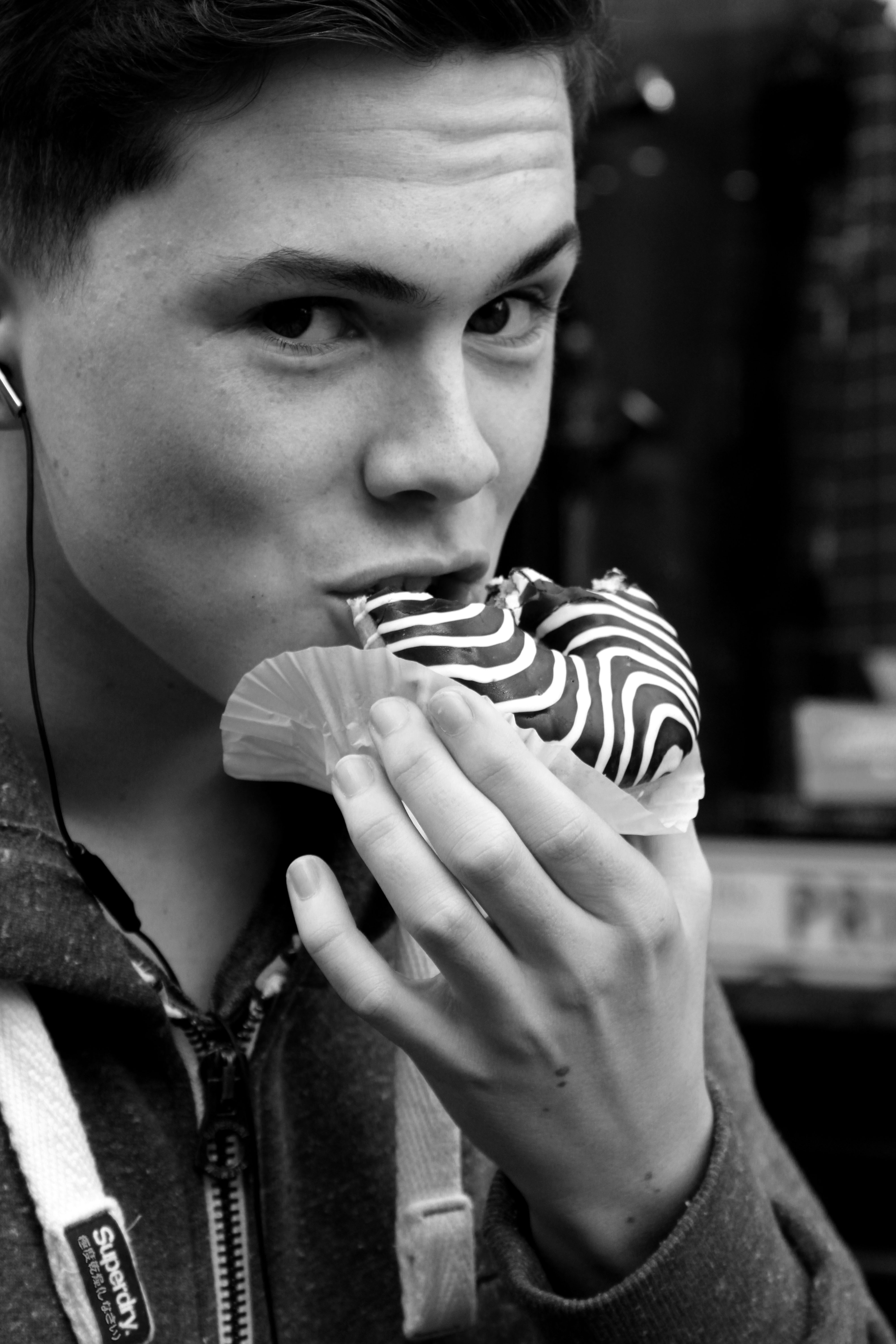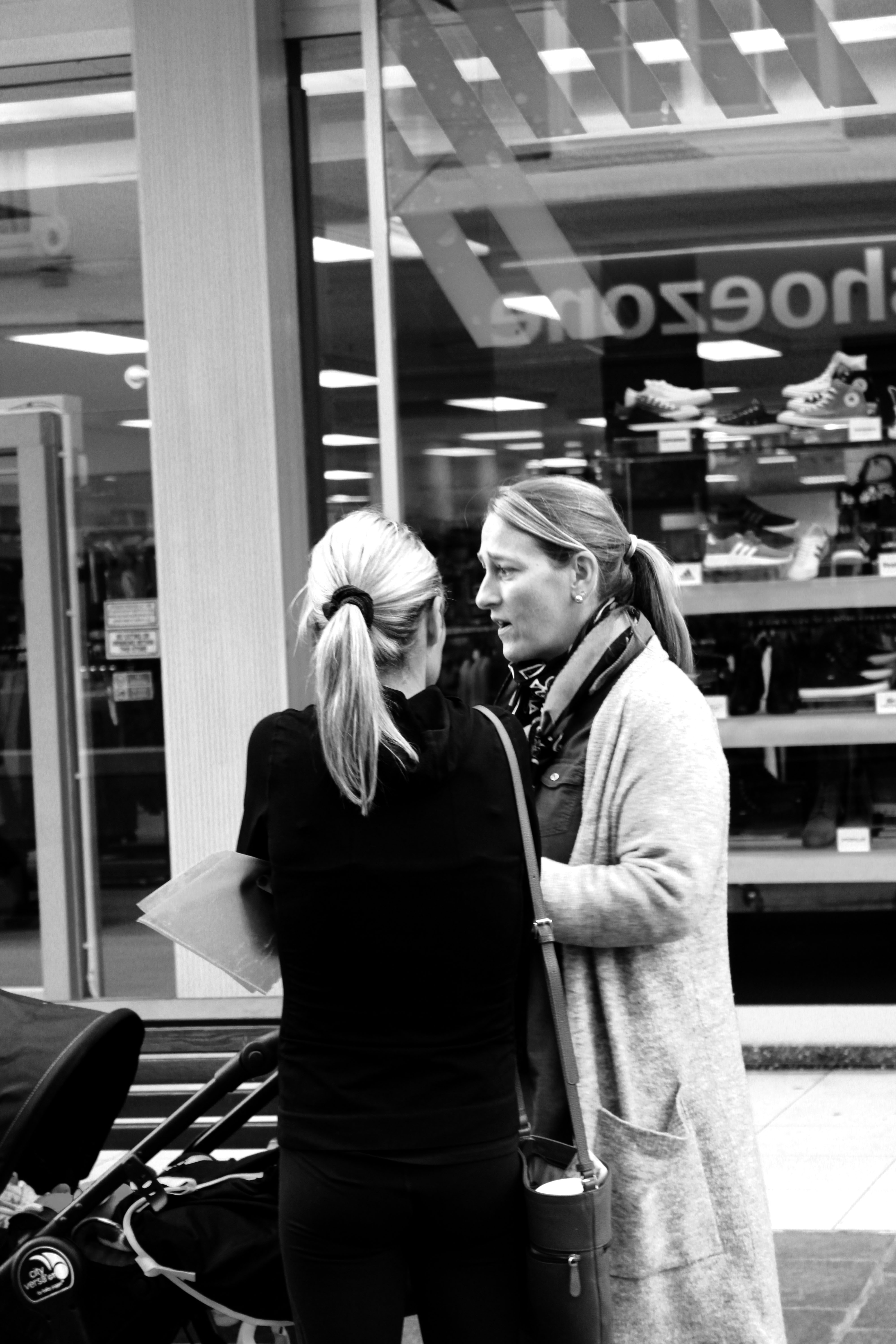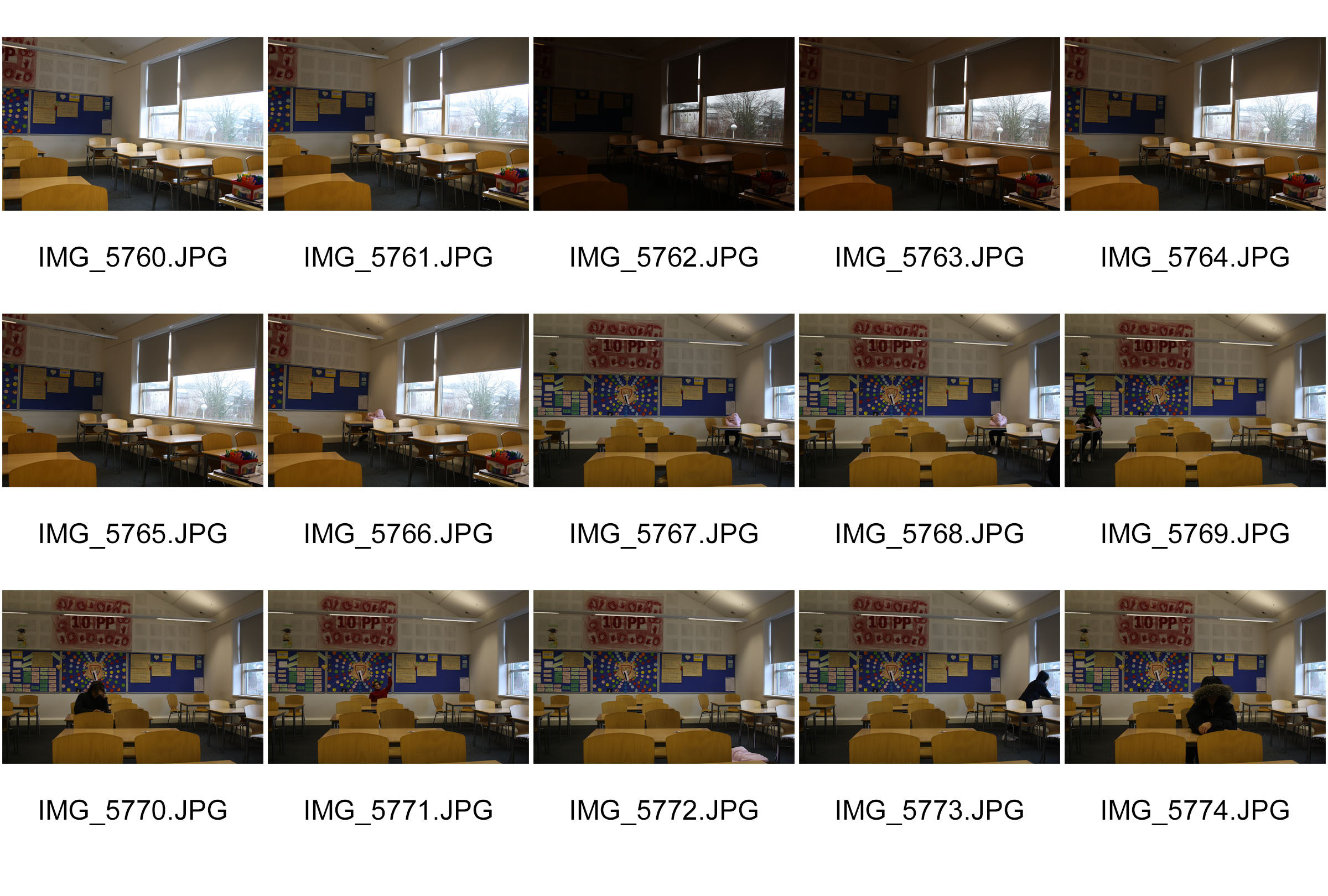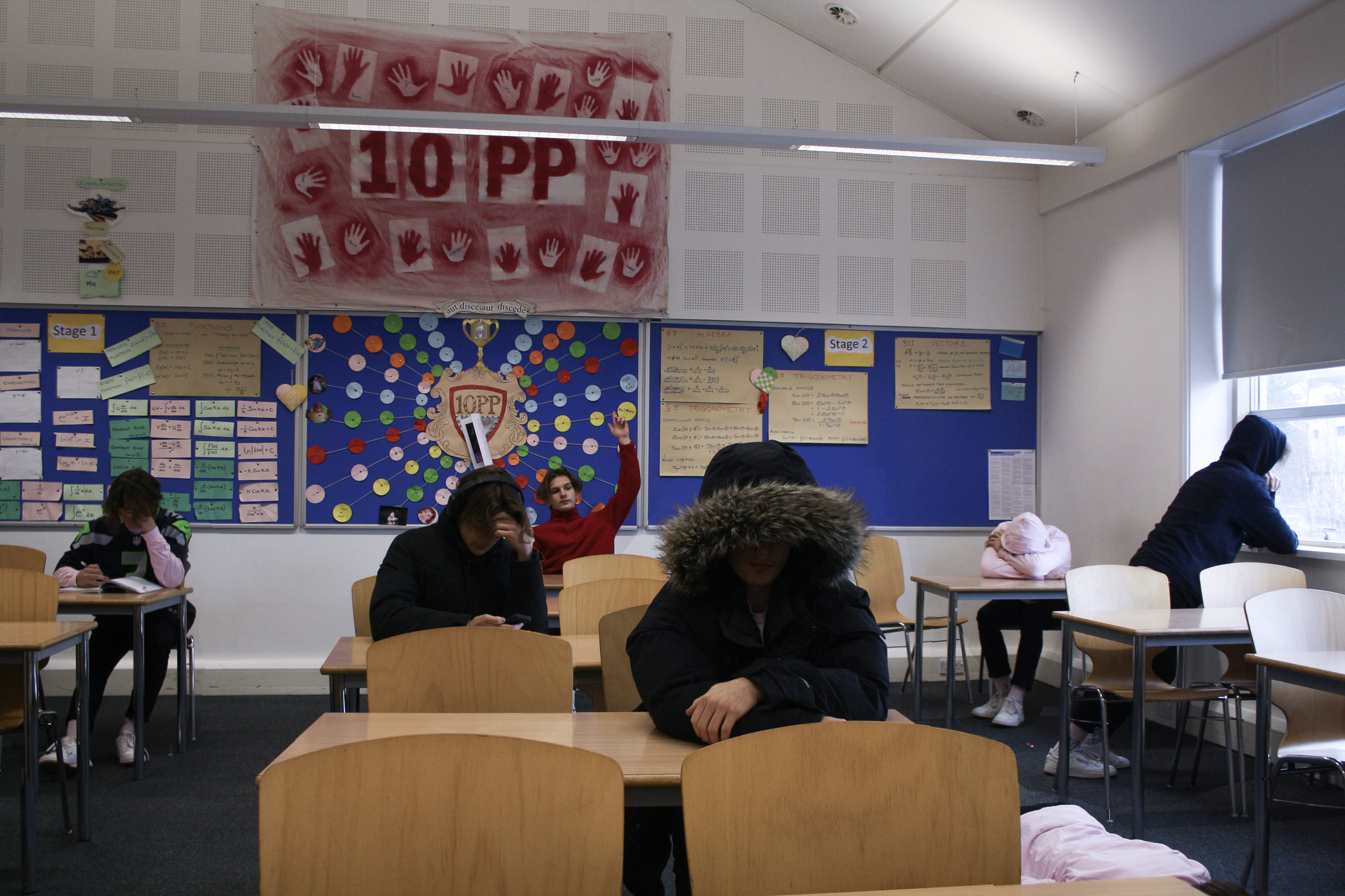Different Types of Studio lighting
Flat Light
When you have your light source facing directly at the front of your subject, this is flat lighting. Flat lighting on a face will mean that your subject is well lit and you are unable to see any shadows along their face.

Broad Light
With broad light (a type of side lighting), the face of your subject is at an angle and the most well-lit side of the face is closest to the camera and the shadow falls on the back side of the face. This type of light can make a face look fuller so it’s ideal for those with very narrow faces.
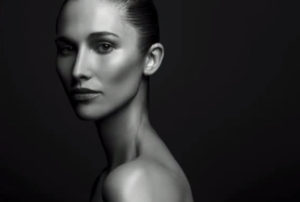
Short Light
Another type of side lighting, short light is the opposite of broad light in that the face is at an angle and the shadow falls on the side of the face closest to the camera. This type of light works well to thin a face and is flattering on most people.
One thing to keep in mind is that shadows draw out textures and imperfections. While broad light is a wonderful way to emphasize freckles, it will also draw out imperfections like acne and scars.

Split Light
Split lighting is another type of side lighting but it is defined as light that hits your subject from the side at a 90 degree angle.
You can easily recognize split lighting in an image by half of the subject being lit and the other half in the shadows. With a face specifically, you’ll see the shadow line straight down the middle of the forehead, nose, and chin.
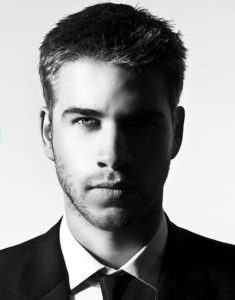
Backlight
Back light is just that, light that comes from behind your subject. This is commonly seen in photos from the beloved golden hour, when the sun is low in the horizon and starting to set, but can be done at all hours of the day.
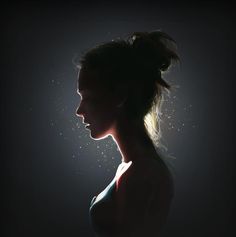
Rim Light
Rim light falls under the backlight category but deserves a spot of its own. With backlight you often see the hazy or airiness from the light in the background resulting in highlights but you don’t have that with rim light.
With rim light, you’ll see the light from behind only highlight the edges of your subject (there’s a little haze falling into the top right of the frame below but you can see how the rim light separates the subject from the background). This is great to use when you need to separate your subject from the background.
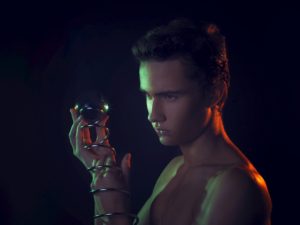
Butterfly Light
With butterfly light, the light is placed above and in front of your subject to create a small shadow under the nose resembling a butterfly (hence the name). This type of light beautifully highlights prominent cheekbones which is why you most often see it used on women.
However, it emphasizes the shadows from deep set eyes. Again, know your subject’s face and how the light will affect their features. Butterfly light is also commonly referenced as paramount light.
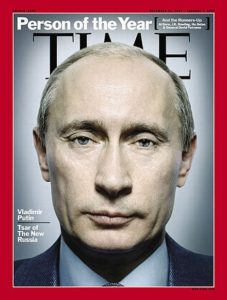
Loop Light
Loop lighting is pretty much my go-to when creating light. With loop lighting, the light is about 45 degrees to the side and slightly above eye level. This position of the light creates a shadow just under and to the side of one nostril and the nose. This is a flattering type of light on most everyone.
